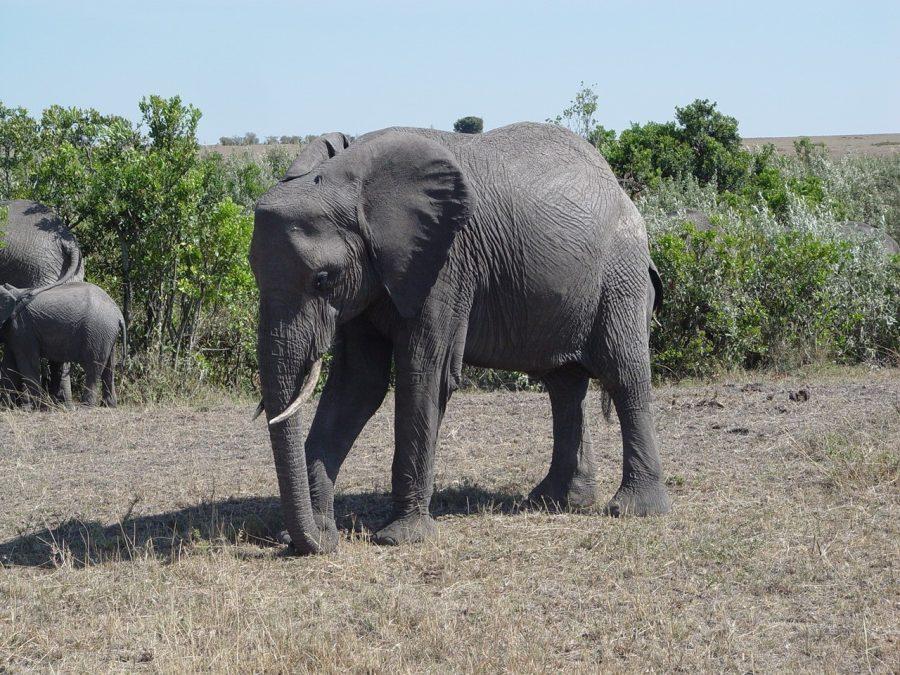On Jan. 17, University of Arizona professor Dr. John J. Wiens, along with a visiting scientist from China, Dr. Zhuo Chen, published a study titled “The origins of acoustic communication in vertebrates” that found that species who are active at night have utilized acoustic communication over a stable timeline.
According to Wiens, acoustic communication is the direct vocalization of sounds that occur within a species that allow the species to communicate.
The animals observed for the study are referred to as terrestrial vertebrates, or tetrapods. These animals include amphibians such as frogs and salamanders; mammals; reptiles such as snakes, lizards, turtles, tortoises and crocodiles; and birds.
Wiens decided that he wanted to develop this study based on his findings from a previous study that observed the day to night patterns of terrestrial vertebrates.
“There were previous suggestions that being active at night promotes the origin of acoustic communication,” Wiens said. “[Chen and I] wanted to take this further and test the hypothesis that being active at night promoted the evolution of acoustic communication.”
According to Wiens, to gather research for this study, Chen visited for a year to study and collect acoustic data from over 1,800 species to determine if each species had acoustic communications. Wiens said he was able to analyze the data that Chen had gathered and compared that to the previous study on day-to-night patterns.
Wiens said he and other researchers found that many communication patterns remained stable over time. For example, frogs and mammals are active at night. As a result, their communication patterns are also active at night and must be acoustic to be heard by members of their species.
Birds, on the other hand, are active during the day so they can use visual communications, such as their feathers or dances, rather than acoustic communication, Wiens said.
This research was conducted in the “Wiens Lab,” a lab run by Wiens himself. Members of the lab include four Ph.D. students, one postdoctoral researcher and visiting scientists from Brazil and China.
Ph.D. student Cristian Román-Palacios has worked with Wiens on three different research projects and is grateful for the experience it has provided him.
RELATED: New College of Veterinary Medicine holds open house
“As an international student, I have always felt welcomed and supported at the Wiens lab,” Román-Palacios said in an email. “[Wiens] has provided me lots of support and great advice on every single project I have conducted with him. Personally, doing research in ecology and evolutionary biology while having John as my advisor has been extremely rewarding.”
Using results from the study and previous studies conducted in the Wiens Lab, both Wiens and Román-Palacios have already begun work on their next research study. The study looks at how species have responded to previous examples of climate change and if species will be able to avoid climate-related extinction in the coming years.
Much of the research that is conducted by members of the lab looks at how evolution, diversification and ecology of a species can affect the future of that species.
When asked about his desire to conduct research in the field of ecology and evolutionary biology, Wiens had a simple answer.
“I always liked reptiles, even since I was a little kid. Then I went through the dinosaur phase, and then I shifted over to lizards,” Wiens said. “Since I was a little kid, ever since my dinosaur stage. I guess that’s where it started. In a sense, I’m still a kid, I never outgrew that phase.”
Follow Lauren Rowe on Twitter















